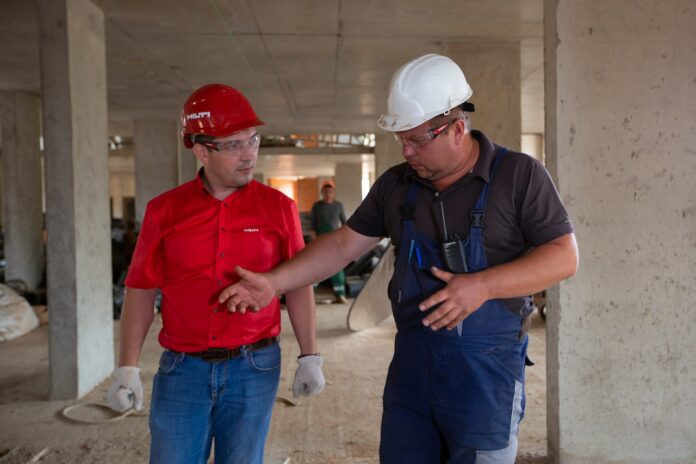When you’re in charge of your company’s safety, you want to ensure that everyone on the job site is safe and protected. Personal Protective Equipment (PPE) helps keep workers safe by providing a physical barrier between them and dangerous contaminants in the air or on surfaces. PPE includes items such as hand protection gloves, safety glasses, hard hats and more. The Occupational Safety & Health Administration (OSHA) and ISO have specific regulations about how many types of PPE are available at your worksite. The goal is for every worker to have access to PPE at all times so they can select what’s best suited for their work environment without having to worry about whether or not there’s enough available for everyone else who might need it at any given time during their shift or day.
Hand Protection
Hand protection is essential in many industries, and it can be used to prevent cuts, burns and other injuries. Hand protection gloves are used in various industries, including food processing, construction and manufacturing.
While the selection process may seem simple on the surface, there are several considerations that you must keep in mind when choosing this type of safety equipment. For example:
- The type of glove or mitt you select will depend on your industry and job responsibilities. The most common types include disposable gloves (which tend to be cheaper) and reusable non-latex gloves (which tend to last longer). It’s essential to consider potential hazards such as sharp objects or chemicals.
- In addition to selecting the right kind of glove for your industry needs, you also need to ensure that they fit well since a poor fit can increase the risk of injury by making workers more likely to let their guard down due to inclement weather conditions such as cold temperatures or extreme heat – both which can cause discomfort while wearing protective clothing.
Eye and Face Protection
Eye and face protection is required when particles, liquid, or gas may be propelled towards the eyes or face.
There are different types of eye and face protection. You must choose the type that best fits your workplace needs and complies with occupational health and safety regulations.
Eye protection should be worn when working with chemicals, sharp objects, dust, fumes, and other airborne particles. It must be worn in areas with a risk of injury from flying objects, such as metal chips or wood.
Head Protection
To protect your workers from head injuries, you must provide them with safety helmets. There are several types of helmets: hard hats, safety caps and face shields. The type of helmet most suitable for a specific task depends on its construction materials and the level of protection needed.
Hard hats are made from plastic foam or fibreglass, shaped into a dome-like shape to protect the head from falling objects such as tools or debris during construction work. The hard hat’s surface must be smooth so it can slide easily over clothing without snagging any fabric as well as withstand impacts without cracking or breaking apart due to excessive force exerted upon it by objects falling on top of their heads while working outdoors in cold climates where temperatures drop below freezing point (32 degrees Fahrenheit).
Foot Protection
- Steel-toe boots provide the highest level of protection for your feet. They are made with a steel cap over the toe and sides, protecting you from falling objects or impact from heavy machinery.
- Steel-toed shoes have a steel toe cap that protects against crushing injuries and punctures from sharp objects. These shoes are often worn in manufacturing plants and construction sites but may still be too bulky for some environments.
- Non-slip shoes can help prevent slips and falls on slippery surfaces such as wet floors or icy roads by providing extra traction on their non-skid soles. This is especially important if you work outdoors in winter conditions where snow can cause slippery surfaces at work sites like construction sites or parking lots where snow removal equipment is used regularly during winter months in some regions where there is heavy snowfall annually.








